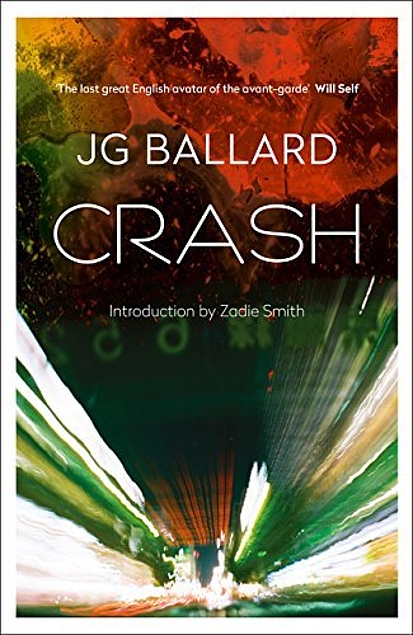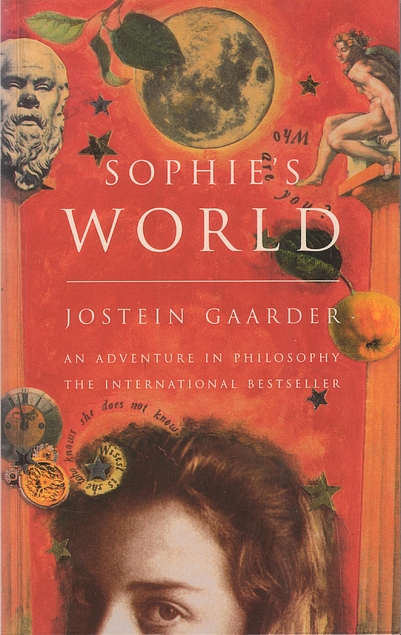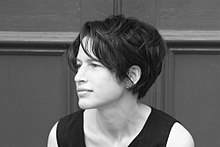Louise Willder "Blurb Your Enthusiasm: An A-Z of Literary Persuasion" (Oneworld Publications)

How to snare your reader: the secret of a good blurb of course.
Louise Willder’s examination of the dos and don’ts of blurb-writing is a small masterpiece in itself.
This is an utterly enjoyable and charming book, and I now consider myself well-schooled, and more convinced than ever that I am right to leave blurbing in the excellent professional hands of Little Brown amd other publishers.
Willder’s aim is to reclaim the blurb as ‘a humble and arduous literary form... a cramped rhetorical space, less fascinating than that of a sonnet, but equally exacting’, in the words of the Italian author and publisher Roberto Calasso. No less a writer than Iris Murdoch considered blurbs ‘a mini art form’. Roger McGough used to swing by his publishers to oversee his. And Richard Adams was extremely rude about his, although not quite as rude as Jeanette Winterson, who hated her recent blurbs so much she took a photograph of herself setting fire to the books they adorned – an act which earned her a ton of publicity and got the blurbs changed. She is a genius in many, many ways.
This book is full of fun and bookish treasures. There is wonderful advice on whether or not to swear in blurbs (only if ‘cleverly sprinkled’); whether you should ever mention Jesus (even for books entirely about Jesus), and examples of some of the world’s worst blurbs, my favourite being for Frank Herbert’s (terrific) Dune, which begins:
When the Emperor transfers stewardship of Arrakis from the noble House Harkonnen to House Atreides, the Harkonnens fight back, murdering Duke Leto Atreides. Paul, his son, and Lady Jessica, his concubine, flee into the desert. On the point of death, they are rescued by the Fremen, who control Arrakis’ second great resource: the giant worms...
When the Emperor transfers stewardship of Arrakis from the noble House Harkonnen to House Atreides, the Harkonnens fight back, murdering Duke Leto Atreides. Paul, his son, and Lady Jessica, his concubine, flee into the desert. On the point of death, they are rescued by the Fremen, who control Arrakis’ second great resource: the giant worms…
Ah, the second great resource.
Then there are children’s books:
“Meet Dave. Caveman Dave.
Dave live in Cave.
Dave cave perfect
But Dave not happy…
Dave want new cave
As Willder points out, this isn’t just a terrific way of setting up voice, character, time, and space in under 20 words; it also basically sums up the human condition. And try finding a bookish child who can’t complete by heart the poem that adorns the back of Susan Cooper’s seminal The Dark is Rising:
“When the Dark comes rising, six shall turn it back…
There are also crime, romance, and erotica blurbs, and ones for literary fiction, in a chapter winningly titled ‘Come and Have a Go if you Think you’re Hard Enough’. It’s laugh-out-loud funny. On every monochrome jacket, Willder complains, there is ‘a writer at “the height of their powers”, which begs the question, is it all downhill from here, or was everything they wrote before a bit crap?’ And why is everything ‘liminal’ these days?
Whenever blurbistas have to write copy for literary fiction, she explains, they desperately try to insert as much story as they can, as that is what readers are looking for. Particular praise is reserved for Milkman by Anna Burns, whose jacket reads: ‘It is the story of inaction, with enormous consequences’ – an excellent piece of blurbing cakeism. Willder dislikes the blurb for Thomas Pynchon’s Gravity’s Rainbow – ‘We could tell you the year is 1944 and bombs are falling across Europe, but that doesn’t really begin to cover it’ – for implying that if you, the reader, are looking for plot, you’re a ‘bit basic’; but then she wonders whether that even matters, seeing as the only point of reading it is to tell other people you’ve read it.
Along with the bad, sometimes the good takes your breath away. How well does the blurb for Hallie Rubenhold’s The Five show you exactly what the book is going to be like?
“POLLY, ANNIE, ELIZABETH, CATHERINE, and MARY JANE are famous for the same thing, though they never met. They came from Fleet Street, Knightsbridge, Wolverhampton, Sweden, and Wales.
They wrote ballads, ran coffee houses, lived on country estates, breathed ink dust from printing presses and escaped people traffickers. What they had in common was the year of their murders: 1888.
If that doesn’t immediately make you want to step right into the world of this book, it’s hard to know what will.
The first edition of The Great Gatsby in 1925 includes the line: ‘[This novel]... is infused with a sense of the strangeness of human circumstance in a heedless universe.’
“A letter arrives. You’ve got an appointment with a trainee clinical psychologist on April 29, 2008.
You don’t attend.
Another letter arrives. It says they don’t normally reschedule appointments, but they know this is hard for you, so they’re offering you another appointment. It’s on May 13, 2008.
You don’t attend.
Two years later you shoot three people and shoot yourself. You will be called a monster. You will be called evil. The prime minister, David Cameron, will stand up in parliament and say you were a callous murderer, end of story. You have nine days and your whole life to prove you are more than a callous murderer.
So, nutshell time, and thus highly recommendable.


































